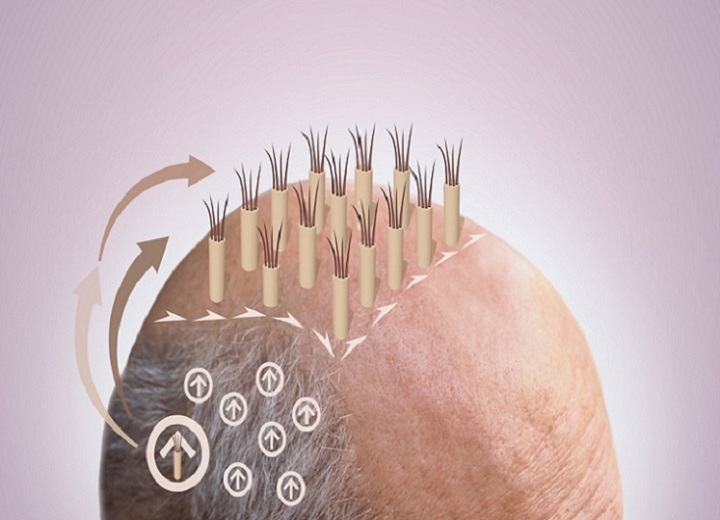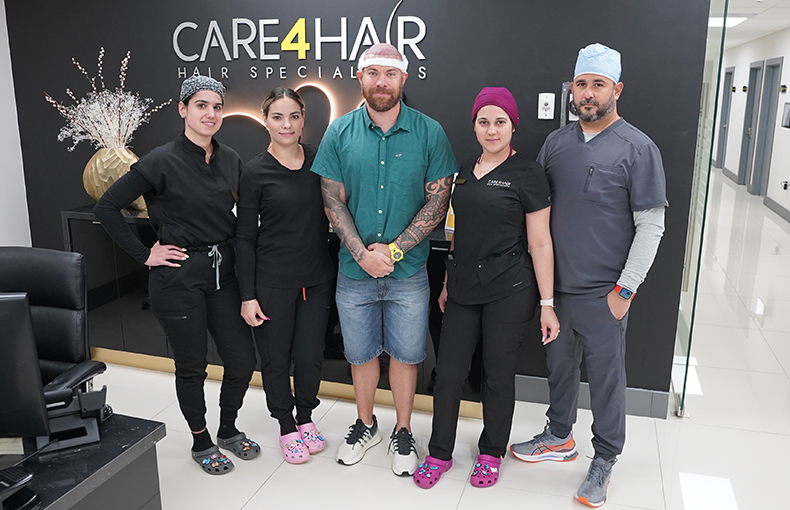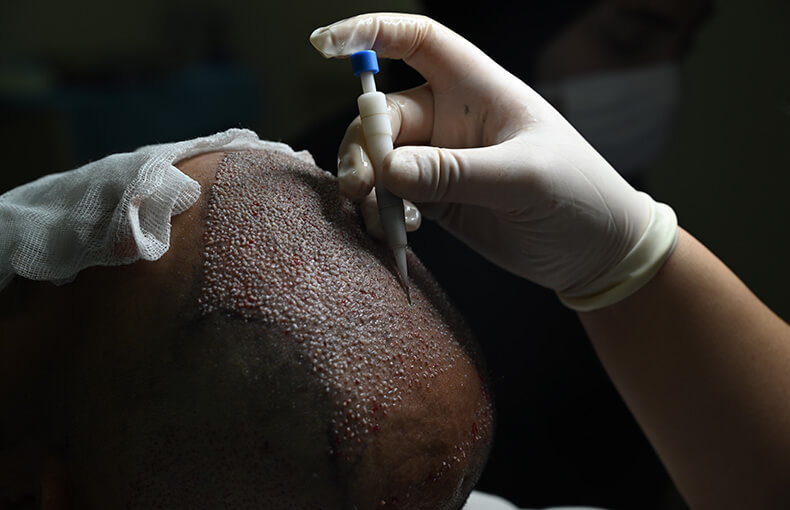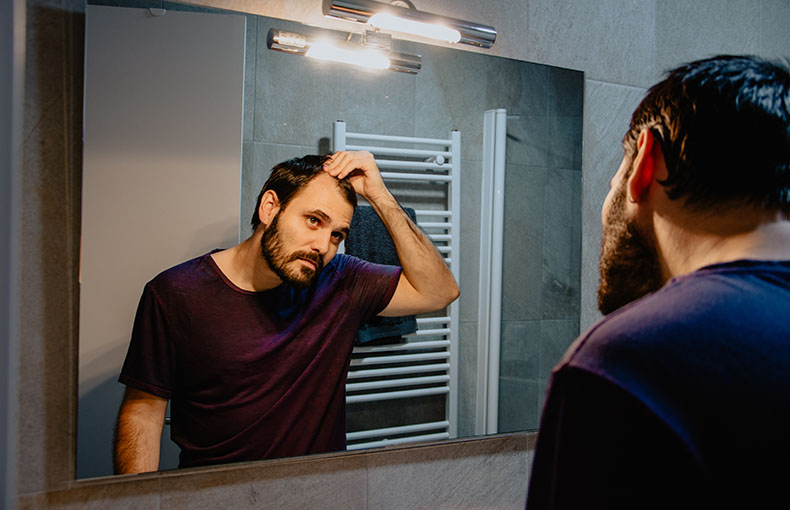
What is Robotic Hair Restoration
What is it?
Robotic Hair Restoration is when hair restoration/ hair transplant procedures are either partially or majorly assisted by robotic technology, software, and tools. Robotic hair restoration methods have become the most common method during procedures because of their efficiency and ability to detect the best hair follicle candidates a patient has in their donor area. It’s also less invasive than traditional methods, allowing patients to recover much faster.
Technology Used in Robotic Hair Restorations
The technology that has been able to make robotic hair restoration possible is the ARTAS iX- AI software. Through the development of the ARTAS software, robotic arms are able to use high-resolution imaging in conjunction with the surgeon’s skills to detect the best possible hair follicle candidate based on the direction of hair growth, density, and thickness. It is also able to quickly harvest the hair follicles after identification at precise depths and angles while keeping track of every individual hair graft from the beginning to the end of the procedure. Using ARTAS allows hair follicles to be harvested in a minimally invasive manner with a pen-like tool with a smaller circumference that moves with precision and leaves smaller incisions in the patient’s donor area. This makes the healing process much faster and leaves minimal (if any) scarring on the patient while leaving a more natural, stitch-free, post-procedure look.
Is Robotic Hair Restoration Better Than Other Hair Restorations Methods?
Not only does robotic hair restoration work, but it is also the most recommended method of hair restoration/ hair transplantation methods. Robotic hair restoration is faster, more precise, and far less invasive than traditional hair restoration methods. Robotic methods are able to map and identify healthy hair follicles from multiple places in donor area at once by scanning the area for hair growth angle, thickness, density, and more. One of the only cons of using robotic tools in hair restoration procedures is that surgeons are able to manually extract/ harvest hair follicles anywhere the patient has hair on their body through other methods but robotic hair restoration is limited to certain areas of hair where extractions/ harvests are possible. These areas include the sides and the back of the patient’s head. That being said, robotic hair restoration is still the number one recommended method in any type of hair restoration process.
The exact causes of shock hair loss are not yet wholly understood, though studies have pointed out certain factors that contribute to it. First, and perhaps most obviously, is the trauma the scalp suffers in surgery. The second is the interruption in blood flow to the scalp, a side-effect of general anesthetics. Last, shock hair loss might simply be part of the shedding-regrowth cycle with which the hair naturally responds to changes. Indeed, “whole head” shedding due to anesthetics used in surgery has been scientifically documented. Taking vitamins and supplements can help stem hair loss, but the condition is a natural reaction to both the surgery and the anesthetic. One of the most challenging issues in determining whether surgical trauma or anesthesia causes hair loss in patients is the fact that they always go together.
Common Concerns Within Robotic Hair Restorations
Pain (less)
Patients should not feel any pain during robotic hair restoration procedures. Prior to the extractions/ harvesting of the hair follicles, patients’ scalps are numbed completely with anesthesia so the entire procedure is painless. Should patients start to feel pain, more anesthesia will be given before proceeding.
Shaving
The advancement of technology in the hair transplant field has allowed researchers to focus on the comfort of the patient. Patients who have a hair transplant with the ARTAS Robotic technology do not need to shave their heads completely. Traditional hair transplant procedures require patients to have a close shave pre-procedure so that surgeons are able to have a clear view when implanting the hair follicles in the recipient area but, robotic hair restoration procedures only require a shorter trim instead, a completely shaven head for the ARTAS Robotic technology isn’t necessary. For restorations with smaller donor areas (where healthy, existing hair follicles would be harvested) patients might have the option to only trim that specific area.
Cost
The average cost for robotic hair restorations with either the ARTAS or Neograft technology is $8,050; usually ranging from $3,000 to $15,000. Cost really depends on multiple factors such as the number of hair grafts needed based on an individual’s restoration goals and what needs to be done to reach those goals. At Care4Hair, we offer complimentary consultations so that you can discuss pricing after hair, scalp, and goal assessment. Contact Care4Hair to schedule your free consultation today!
Best Candidates for Robotic hair Transplants
Go for it: You don’t have to be bald to get a hair transplant. Many people get hair transplants when they notice the thinning of their hair. People have also gotten hair transplants to shape their edges and eyebrows. As far as age limits go, the ideal candidate is between their mid-twenties and mid-sixties. Typically, if you have a solid amount of hair on donor areas then you’re a good candidate for robotic hair transplant procedures.
Double Check: Older candidates tend to have extremely thin hair or little hair left. Candidates that are already bald or have little hair left aren’t good candidates for robotic hair transplants. The healthy hair follicle harvest would not yield ideal results and result in an unsuccessful procedure on these candidates. If you think you might fall into this category but aren’t sure, set up a consultation with a surgeon to find out if robotic hair transplants are an option for you.




















